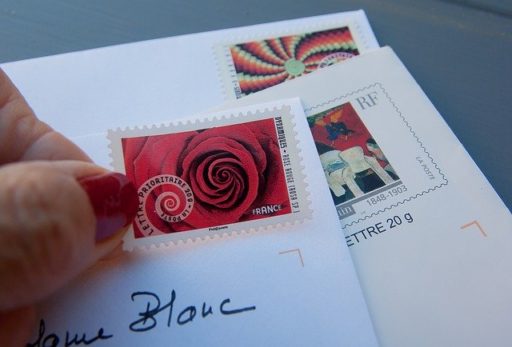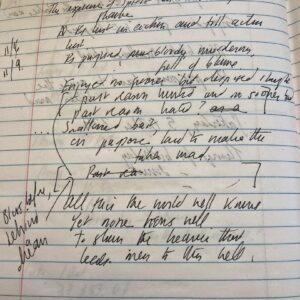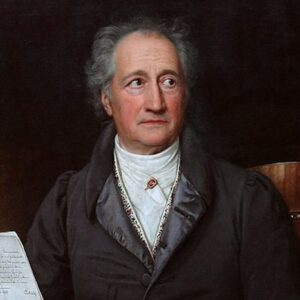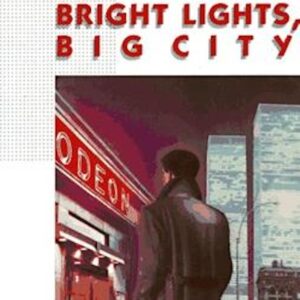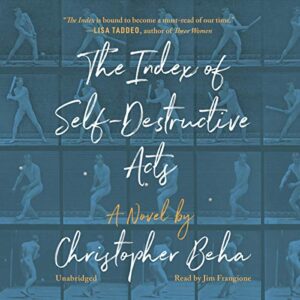Around twenty years ago, when I was engaged to be married and thick in the heart of planning the wedding, one of my older sisters cautioned me about how big my side of the guest list was getting. “Are those all friends?” she said. “Or are they just—” she added, a bit breathily—“acquaintances.”
I did not have a ready answer, because it wasn’t clear to me what the boundary lines between “acquaintance” and “friend” were. So OK, maybe I didn’t really know that person from church all that well, but we had stood all night together at the Easter Vigil and then scooped up zakuski and knocked back vodka shots as the morning light rose outside. Or that moment of confession outside the dorm under the trees; the hand held that one time while crossing the bridge. The cup of water held out at the moment of exigency.
This seemed to be the criterion I came to: a friend was somebody with whom you’d shared an experience of intense authenticity, or recognition. The thread might be slender, but it had strength and was real. And in that realness, I also became real.
I could have added a hundred more people onto that invitation list.
Twenty years later, it’s still how I would probably define “friend,” but I admit that my pet definition has suffered some challenges. As I’ve grown older, I have more than once found myself recounting a shared incident of great significance and meaning to a person who had absolutely no memory of it—and for whom I was an acquaintance fondly relegated to the past.
Plus there are the other heartbreaks of adult friendship: The people in our fractured republic who decided you were too liberal or too conservative. The people with whom you were thick as thieves for a while, but it turned out that the friendship was far more a consequence of your kids—their same ages, the same neighborhood, the same school. There’s the reality of friends—maybe from former jobs—that you are lucky if you can see once a year, because you live an hour away from each other, at opposite ends of the metropolitan sprawl. And maybe that’s normal—maybe the lingering sadness that I feel is just what a psychiatrist friend calls “an overly large circle of empathy.”
That sadness is all the more potent given the breakdown of all ritual and routine after the COVID-19 shutdowns in March. All at once, the emptiness—of extended family, worship, conviviality—was so sharp and total. Now I barely even see my close neighborhood friends that I hope will continue to be my friends after this strange season ends—we wave behind masks at each other from opposite sidewalks, leave things on each other’s doors, and send zigzagging chains of texts back and forth about what the schools’ plans for fall are going to be.
In times like these, I am grateful for my friend J.
In fact, this whole essay up to this point has been a mere preamble to the encomium for J that I want to write. Of all the dynamics I cited above about encounters of intense recognition, it is my nearly three-decade friendship with J that is a shining exemplar.
Everything about this is improbable: I became friends with J on a hot July night in 1991, when he was dispatched by still another friend to pick me up for a showing of the movie Slacker at the River Oaks Theatre in Houston. We saw each other intermittently after that, had a few poignant talks over bad coffee, and I remember his stunned, grieving face on the day when he told me his father had died. Once, he took me to a Halloween party of Gen-X layabouts (yes, this is a theme), and I didn’t even realize until a few years later that I was the only person who had not dropped acid.
Then I left town—though that city’s arteries of freeways lifting and crossing have never ceased to hum through my nervous system. A year or so later, I had placed him in that limbo of friendships that are relegated to sending Christmas cards and meeting for Kirs Royale in Westin lobby bars on business trips.
But then the package arrived: a letter, yes, but also a mustard-colored tin of Chinese Jasmine tea.
And a conversation that has really never stopped since.
The Internet hadn’t yet arrived, so the conversation was solely in letters at first, scrawled on notebook paper, sent three or four times a year at the most. It was not a witty crypto-romance, like the set of letters that make up Helene Hanff’s 84, Charing Cross Road.
It has never, in fact, been any kind of a romance at all—other than the obvious one, of two people trying to wrest meaning from experience on an ongoing basis, despite all. When the move to email happened, we took up the conversation there, at first just writing long letters electronically, before the terse form dictated by the medium took hold, and people no longer wrote long, long emails anymore.
Instead, there were the short emails back and forth during the work day. Which album was better, Exile on Main Street or Sticky Fingers? He had a thing for William S. Burroughs and Charles Bukowski that I never really got. He, meanwhile, never really got the irreducible importance to me of Christianity—though it was in the substrate of his own Texas Lutheran background. Had he read A Visit from the Goon Squad? Was I still listening—why, after all this time—to The Yes Album?
And in between those, on rarer occasions, a longer letter every year or so—the tracked series of events that became our lives, in which we have sought to supersede our selves—and our sadnesses. In the last ten years, there’s been sometimes the cryptic call. But clearly whatever’s there is borne up by spirit and imagination.
By the received standard, is that a real friend? An acquaintance? A fond wish or some kind of delusion?
In my last post here for Close Reading, I mentioned my desire for my non-reading children to learn to treat the world like a living text.
And thus it is with J—for both time and eternity. What I mean is, the friendship itself is a literary construction, but its being so makes it no less “real.”
Last year, I went to Houston and saw J for the first time in two decades. It was odd only in the sense that it seemed odd not at all.
But there was the persistent sense, both then and after, that the real truth of us was something bound up and numinous—an artifact of mystery. And far beyond us both.
Caroline Langston was a regular contributor to Image’s Good Letters blog, and is writing a memoir about the U.S. cultural divide. She has contributed to Sojourners’ God’s Politics blog, and aired several commentaries on NPR’s All Things Considered, in addition to writing book reviews for Image, Books and Culture, and other outlets. She is a native of Yazoo City, Mississippi, and a convert to the Eastern Orthodox Church. She lives outside Washington, D.C., with her husband and two children.

